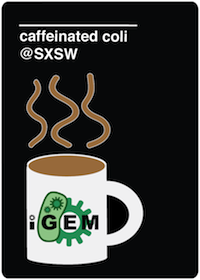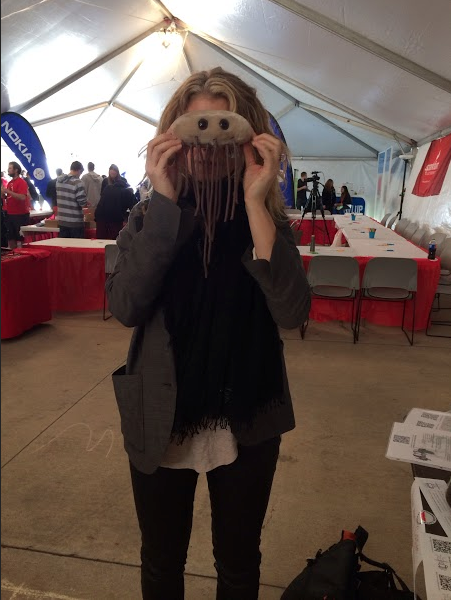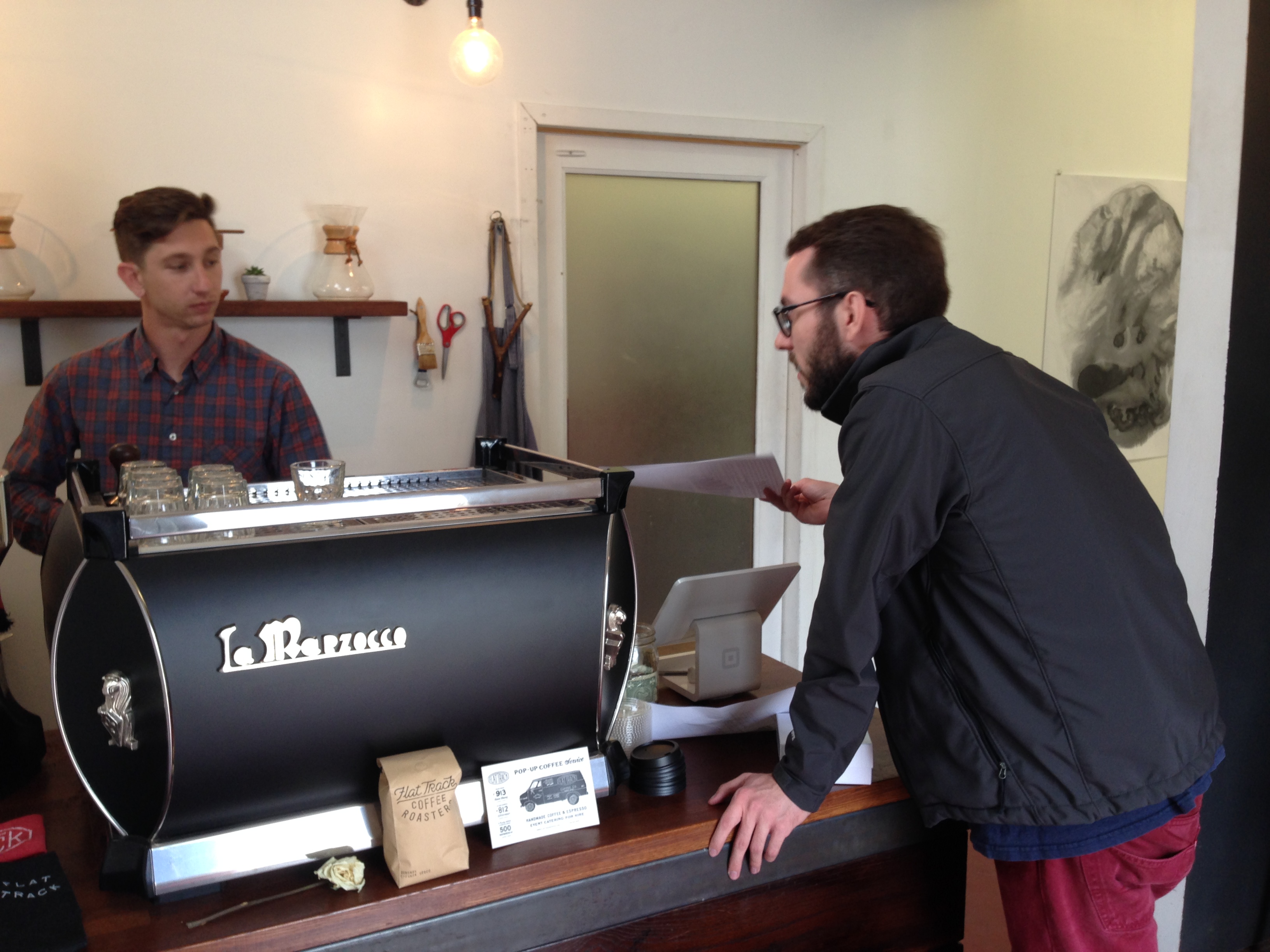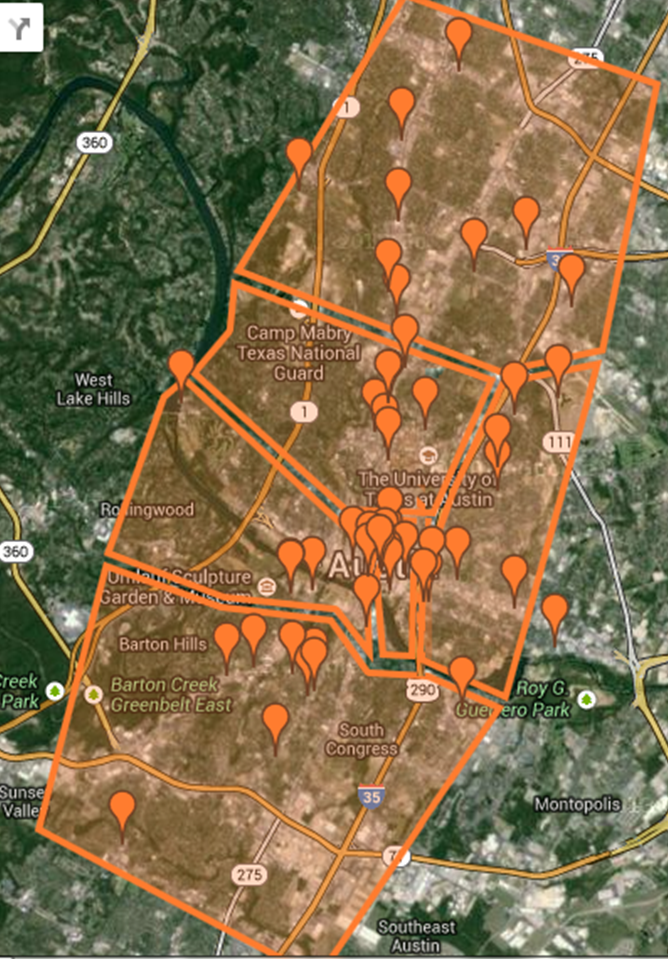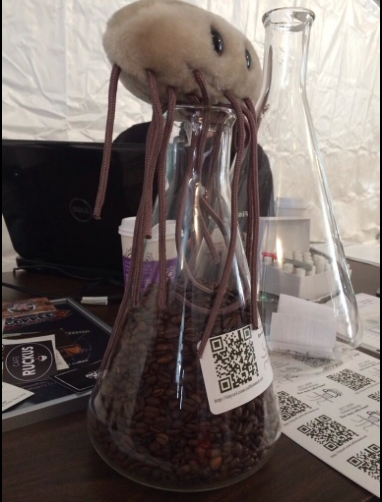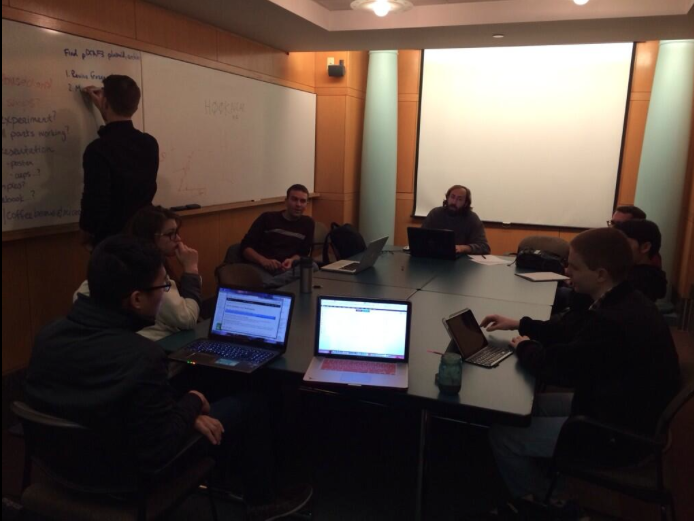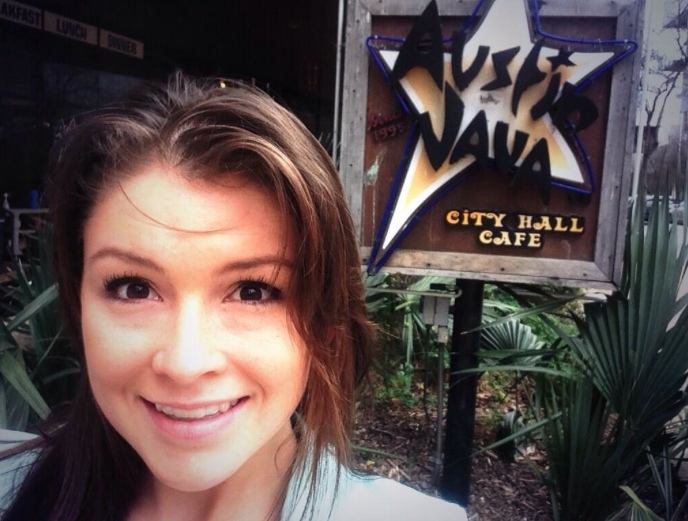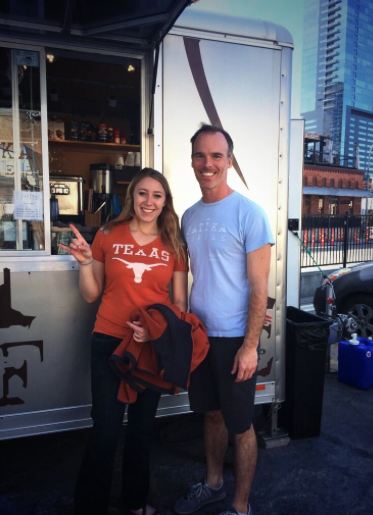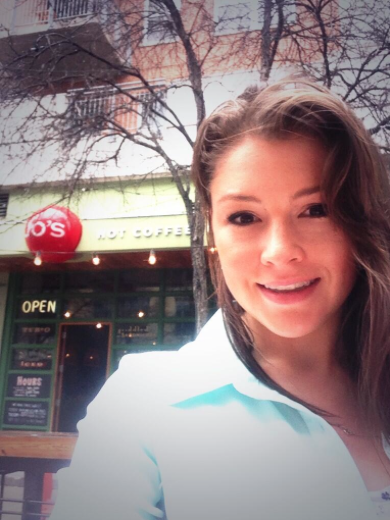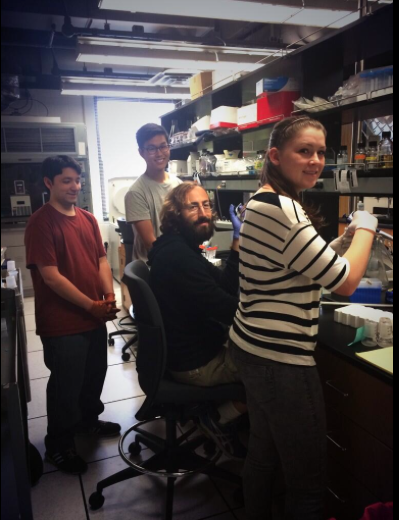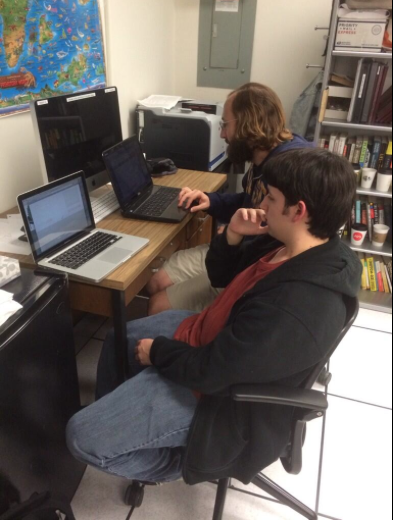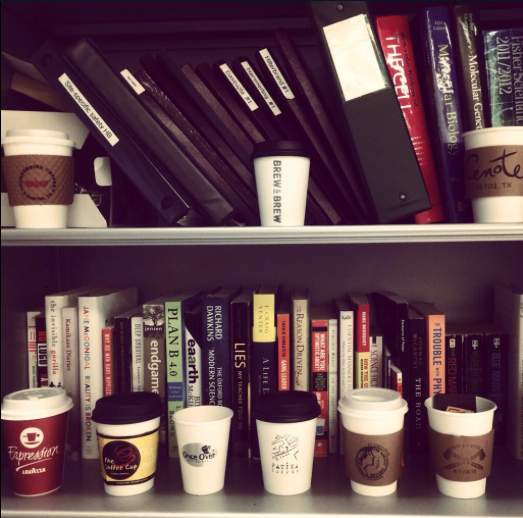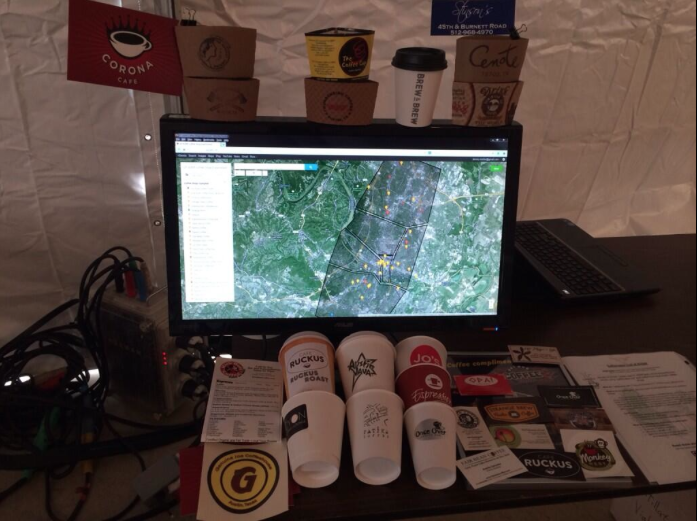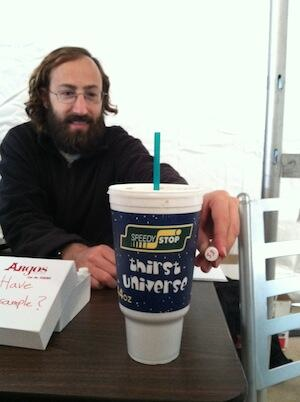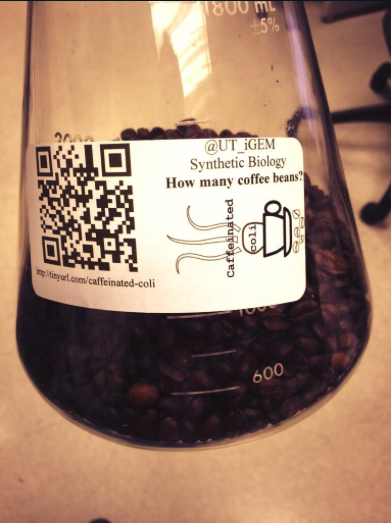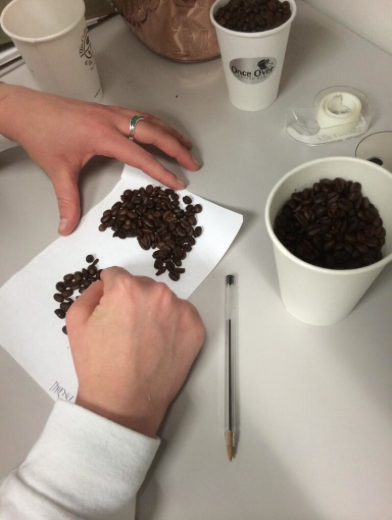Team:Austin Texas/human practices
From 2014.igem.org
| Line 101: | Line 101: | ||
[[file:Jordantalkscoffee.JPG|thumb|left|200px| Jordan discussing our project with Matt Bolick, co-owner of Flat Track Coffee]] | [[file:Jordantalkscoffee.JPG|thumb|left|200px| Jordan discussing our project with Matt Bolick, co-owner of Flat Track Coffee]] | ||
[[file:UT_Austin_Coffee_shops_map.png|200px|thumb|right| [http://www.google.com/maps/d/viewer?mid=zlUDhks6KHxI.ketDvlvg6zis Click here for an interactive map of coffee shops we visited!]]] | [[file:UT_Austin_Coffee_shops_map.png|200px|thumb|right| [http://www.google.com/maps/d/viewer?mid=zlUDhks6KHxI.ketDvlvg6zis Click here for an interactive map of coffee shops we visited!]]] | ||
| - | Previously, the UT Austin iGEM team created and used the | + | Previously, the UT Austin iGEM team created and used the caffeinated coli to measure the caffeine content in beverages such as soda and energy drinks. The 2012 team had originally set out with the intent on creating a bacteria that could measure caffeine poisioning in rivers downstream from chocolate factories, but modified their objectives as the project matured. Their results showed that these engineered ''E. coli'' were very accurate at detecting the levels of caffeine in formula-based drinks. We wondered how well caffeinated coli would do with something different, something that the vast majority of people in the city of Austin drink on a regular basis, coffee. |
Revision as of 15:50, 17 October 2014
| |||||||||||||||||||||||||||||
 "
"

